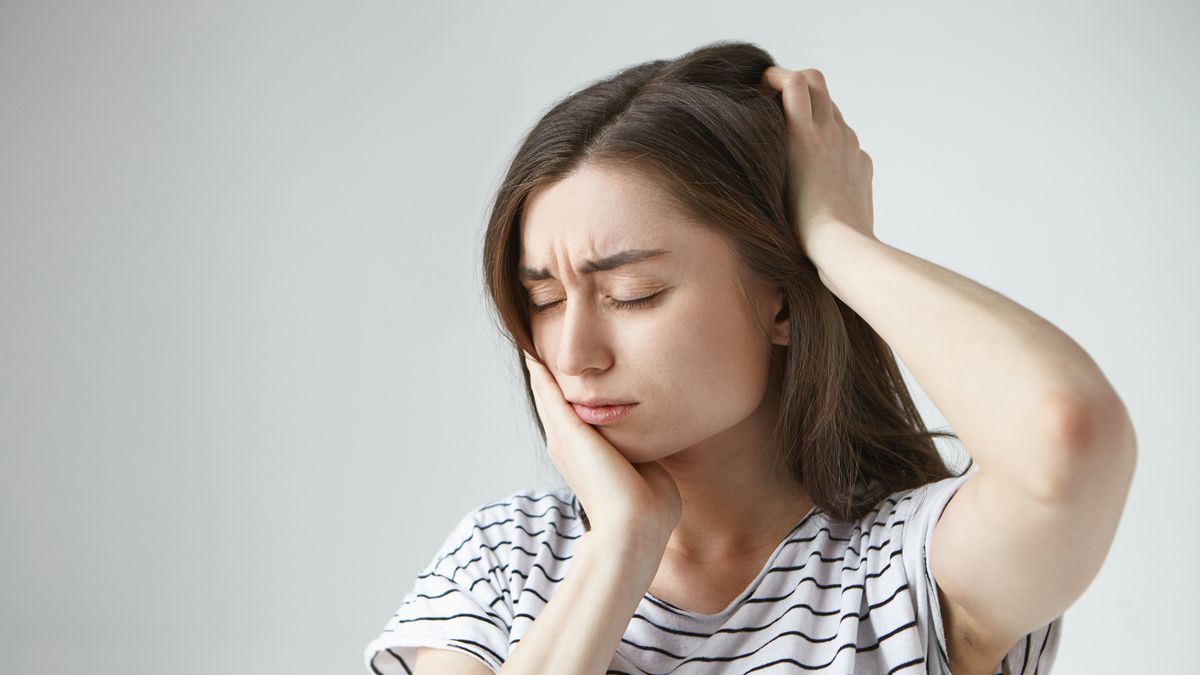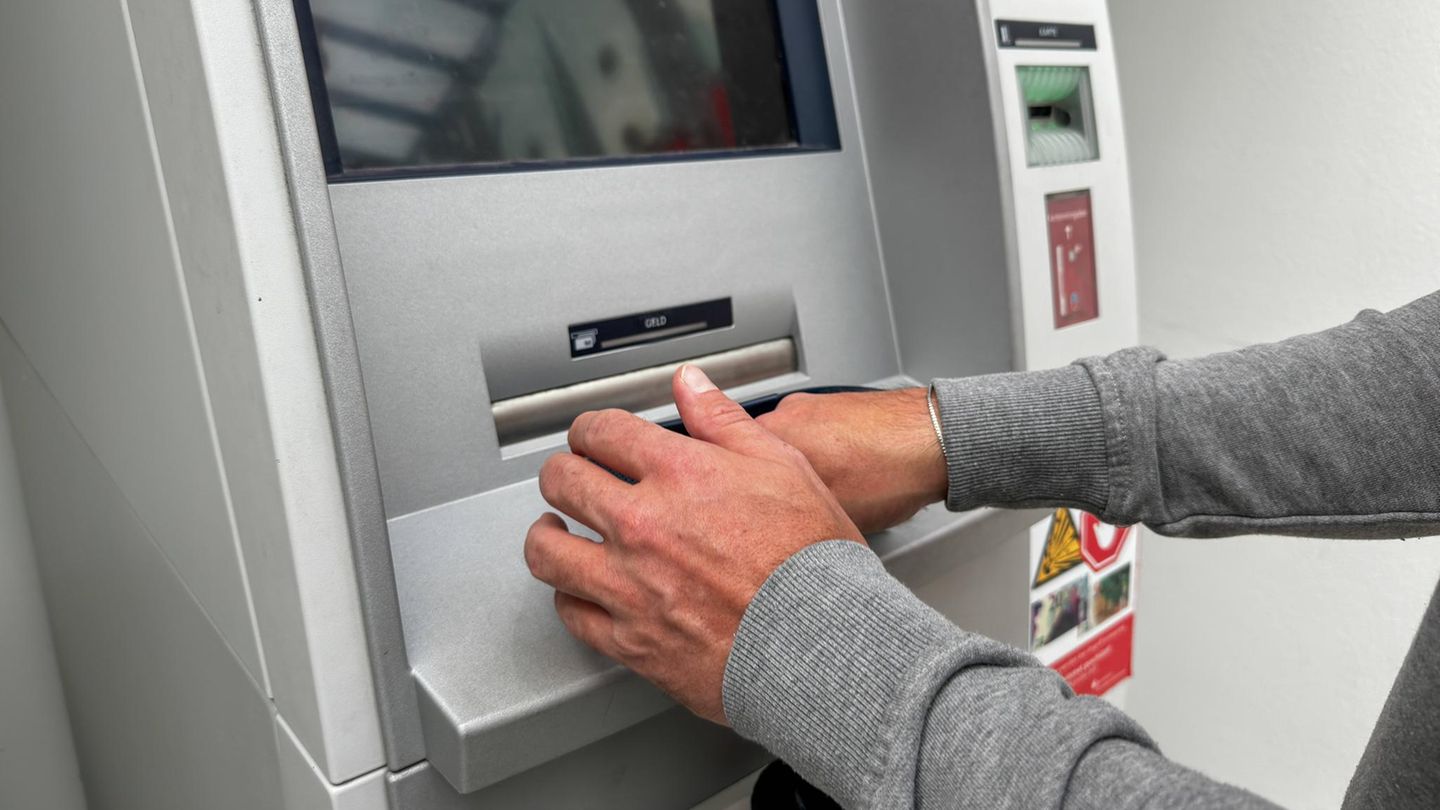It is estimated that 70% of the population suffers bruxism, usually during sleep. It is a disorder in which you grind, crunch or clench your teeth. If you have bruxism, you may unconsciously clench your teeth when you’re awake (daytime bruxism) or clench or grind them while you sleep (nocturnal bruxism).
People who clench or grind their teeth while sleeping are more likely to have other sleep disorders, such as snoring or pauses in breathing (sleep apnea).
Signs and symptoms of bruxism may include:
- Grinding or clenching the teeth, with a sound that can be loud enough to wake up the person sleeping with you
- Flattened, fractured, split, or loose teeth
- Worn tooth enamel, so the deeper layers of the teeth are visible
- Increased tooth pain or sensitivity
- Tired or stiff jaw muscles, or a locked jaw that cannot fully open or close
- Pain or swelling of the jaw, neck or face
- Pain similar to earache, but not really an ear problem
- Dull headache that starts at the temples
- Injuries from biting the inside of the cheek
- Sleep disturbance
Doctors don’t fully understand what causes bruxism, but it may be due to a combination of physical, psychological, and genetic factors.
These factors increase the risk of developing bruxism:
- Stress. Increased anxiety or stress can cause teeth grinding. Also anger and frustration.
- Age. Bruxism is common in young children, but usually disappears in adulthood.
- Personality type. Having an aggressive, competitive, or hyperactive personality type can increase your risk of bruxism.
- Medications and other substances. Bruxism can be a rare side effect of some psychiatric medications, such as certain antidepressants. Smoking tobacco, drinking caffeinated or alcoholic beverages, or using recreational drugs can increase the risk of bruxism.
- Family members with bruxism. Nocturnal bruxism usually runs in the family. If you have bruxism, other members of your family may also have it or have had it.
- Other disorders. Bruxism may be linked to certain medical and mental health disorders, such as Parkinson’s disease, dementia, gastroesophageal reflux disorder (gastroesophageal reflux disease), epilepsy, night terrors, sleep-related disorders, such as sleep apnea, and sleep disorder. attention deficit hyperactivity disorder (ADHD).
facial yoga against bruxism
Facial Yoga is a technique based on stretching that tones the muscles and keeps them strong and elastic. It is a holistic method developed from the science behind facial rejuvenation, which with only 10 minutes a day of practice revolutionizes beauty rituals and general well-being.
How to do face yoga
Neck relaxation: With feet flat on the floor, neck centered, and shoulders relaxed, place your right hand over your left ear, bringing your head toward your right shoulder. Extend your left hand down with weight. Breathe deeply through your nose for 30 seconds. Come back to the center helping yourself with one hand. Repeat on the other side.
Back relaxation: Interlock your hands and place your palms on the back of your head, gently pushing it down, feeling the neck and back muscles stretch. Hold the pose for 30 seconds. Come back to the center helping yourself with one hand.
Heating: Form a V with your index and middle fingers and surround each of your ears with that V. Start rubbing your ears from the bottom up and count to 10. This movement will warm up your masticatory muscles (mainly the temporalis and masseter muscles).
Cat eyes: It is a very powerful posture that works and releases tension in the entire face, but especially in the temporal muscles and the masseter muscles (masticatory muscles). It also helps prevent and reduce headaches and migraines. From an aesthetic point of view, it combats and prevents wrinkles that form around the eyes, lifts the upper eyelids, opens and lifts the face, and eliminates stagnant lymph from the lower eyelid. It also helps reduce nasolabial wrinkles. By putting pressure on the temporalis muscles, it improves blood and lymphatic circulation throughout the skull bringing more oxygen and nutrients to the cells. It can be done standing, sitting or lying down. It is more powerful when standing, since in this way we also activate the occipital muscle, releasing tension not only from the jaw but from the entire skull.
For this exercise you must do the following:
- Lower your shoulders and place the tips of your palms on your temples (temporal muscles).
- Hug the head with your fingers.
- The ends of the palms have to cover the ends of the eyebrows.
- Press the temporalis muscles first with the palms of your hands, then press diagonally backwards and upwards (this will create the ‘cat-eye’ look and lift the face).
- Now close your eyes intensely to create and feel the opposing resistance.
- Your neck, shoulders, and other facial muscles should be relaxed as you breathe deeply through your nose.
- We maintain the posture for 30 seconds and repeat 2 more times.
- I disarm the stance gently.
masseter: With your shoulders down, make a long, narrow “O” with your mouth. She makes fists with your hands and places your knuckles on your face as if you want to bring them under your upper teeth. She will gently press for 5 seconds. If you have tension in the masticatory muscle area, this movement can be painful at first. Do not be scared, it is good to locate the source of tension to be able to work in the area and dismantle it. Take a deep breath, visualizing how little by little you begin to release tension. Without disarming the posture, you stop pressing for 3 seconds and press again. You repeat this movement 10 times, increasing the pressure as you notice that the muscles are relaxing.
Ears: You can end the routine by pulling your ears. Just as you read, you are going to pull your ears from the lobe upwards, always gently and patiently as if you were pulling the ears of someone who has a birthday. This massage will relax your chewing muscles and will also help you generate endorphins. How are you!
Source: Ambito
I am an author and journalist who has worked in the entertainment industry for over a decade. I currently work as a news editor at a major news website, and my focus is on covering the latest trends in entertainment. I also write occasional pieces for other outlets, and have authored two books about the entertainment industry.




